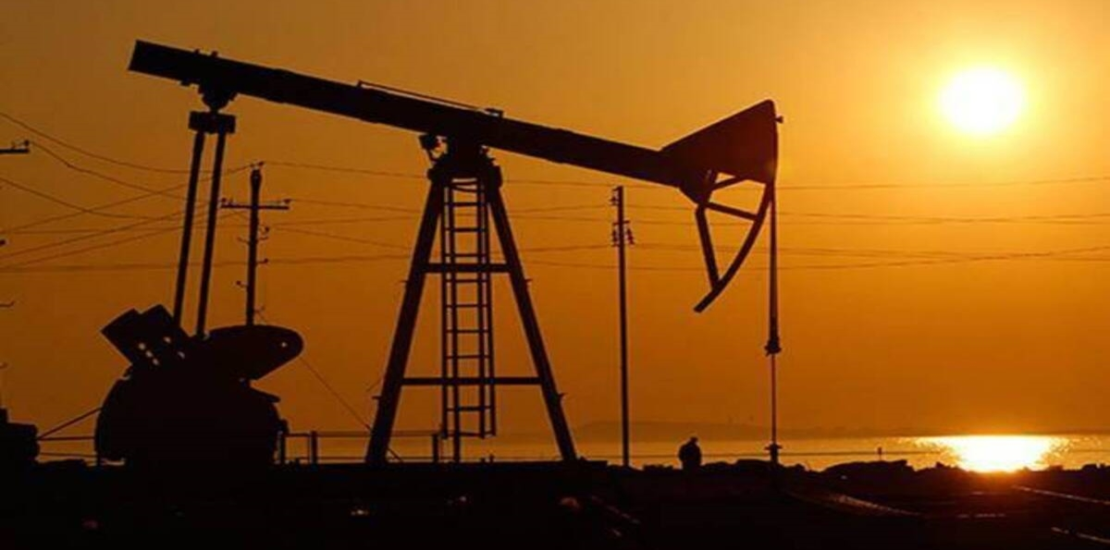- June 10, 2022
- Posted by: Amit Pabari
- Category: Uncategorized

Financial Express Link – https://bit.ly/3X8zGow
As we step into a potential commodity super cycle, investing in one could reap gains but the same will weigh heavily on the economy. Especially oil price inflation that extends throughout and influences the entire economy. The ongoing inflationary cycle commenced in late April 2020 when oil bottomed close to $12. As the dollar is hovering at a 20Y high, it’s creating a huge problem for everyone outside of the US buying dollar-denominated goods. From oil to wheat to copper, the price of nearly every raw material that the world consumes today is majorly set in dollars. And crude remains more important than any other commodity.
A strong dollar means weaker oil prices as one would need fewer dollars to buy the same – and vice versa. The dollar-oil relationship creates a cushion with one offsetting the other, which is particularly important for developing countries. Previously the world faced surging oil prices in 2008 when Brent surged to an all-time high of $147.50 per barrel, straining the finances of many nations. But during the same time, the dollar plunged to a record low, easing some pain for the nations.
Currently, that historical dollar-oil price relationship now seems to be broken. Crude has risen by almost 80% in the past year (from 68 to 123). At the same time, the dollar has gained almost 15% (89 to 102.5) since mid-2021. This has led to balance-of-payments crises in many oil-importing nations and are on the verge of economic collapse. Even the ones that can afford to pay high prices, such as Europe and Japan, are suffering from increased inflationary pressures.
Impact on the Economies
Source: Bloomberg
As seen, Brent seems down by nearly 20% from its all-time high ($147.50) of 2008, but when dominated in local currency, it is sharply higher. For Euro by 20.4%, UK by 28.5% and India by 46.7%.
This aggravated because of a change in the correlation between Oil and DXY to positive off late. With this, India, the world’s third-largest oil consumer, is paying about 45% more than it was 14 years ago due to the steep depreciation of the rupee against the dollar. The eurozone currently pays about $119 per barrel, compared with $92 in 2008 and the UK faces a similar problem as Brent peaked at about $92 per barrel in 2008 to today, it’s almost a third more expensive at $119 per barrel. With the JPY down to its weakest 20 years, the Japanese economy also gets hurt heavily and the list of nations struggling to meet their oil bills goes on.
Outlook
Oil prices shall remain high for the near future unless a major geopolitical or political breakthrough takes place and following are the reasons:
– In the upstream capex, more than 70% is replacement capex, therefore, not enough is being spent to replace depleted oil wells, and this restricts capacity. In 2014, at the same oil prices as today, capex was 3 times higher with the US!
– Crude in the US Strategic Petroleum reserves fell to multi-year low as refiners ramped up production to pre-pandemic levels.
– Russia’s Rosneft is holding back on signing new crude oil deals with two Indian state refiners as it has committed sales to other customers, implying either there is a supply shortage or the one is artificially created.
– OPEC+ agreed to increase production, but with the huge gap in supply and demand, the increase would not be sufficient to calm the nerves of oil prices.
So far the oil demand growth has remained robust, but with a significant chunk of the world facing the heat, the demand shall possibly suffer soon. For the OPEC+, the recent deviating relationship between oil and the dollar would deliver a windfall profit. Going further, as the Fed is poised to raise interest rates ahead and faster than peers, the dollar might remain elevated. This can be another reason for the OPEC+ to strive to cap prices.
All in all, the inflationary pressure doesn’t seem to subside this year, leading to aggravating deficits (CAD, trade, fiscal) at a higher rate than earlier. This might discourage the FII’s to pause the selling spree and return to the EM’s anytime soon, keeping the upward pressure sustained on the EM currencies.
-Amit Pabari is the Managing Director of CR Forex Advisors. Views expressed are the author’s own.




